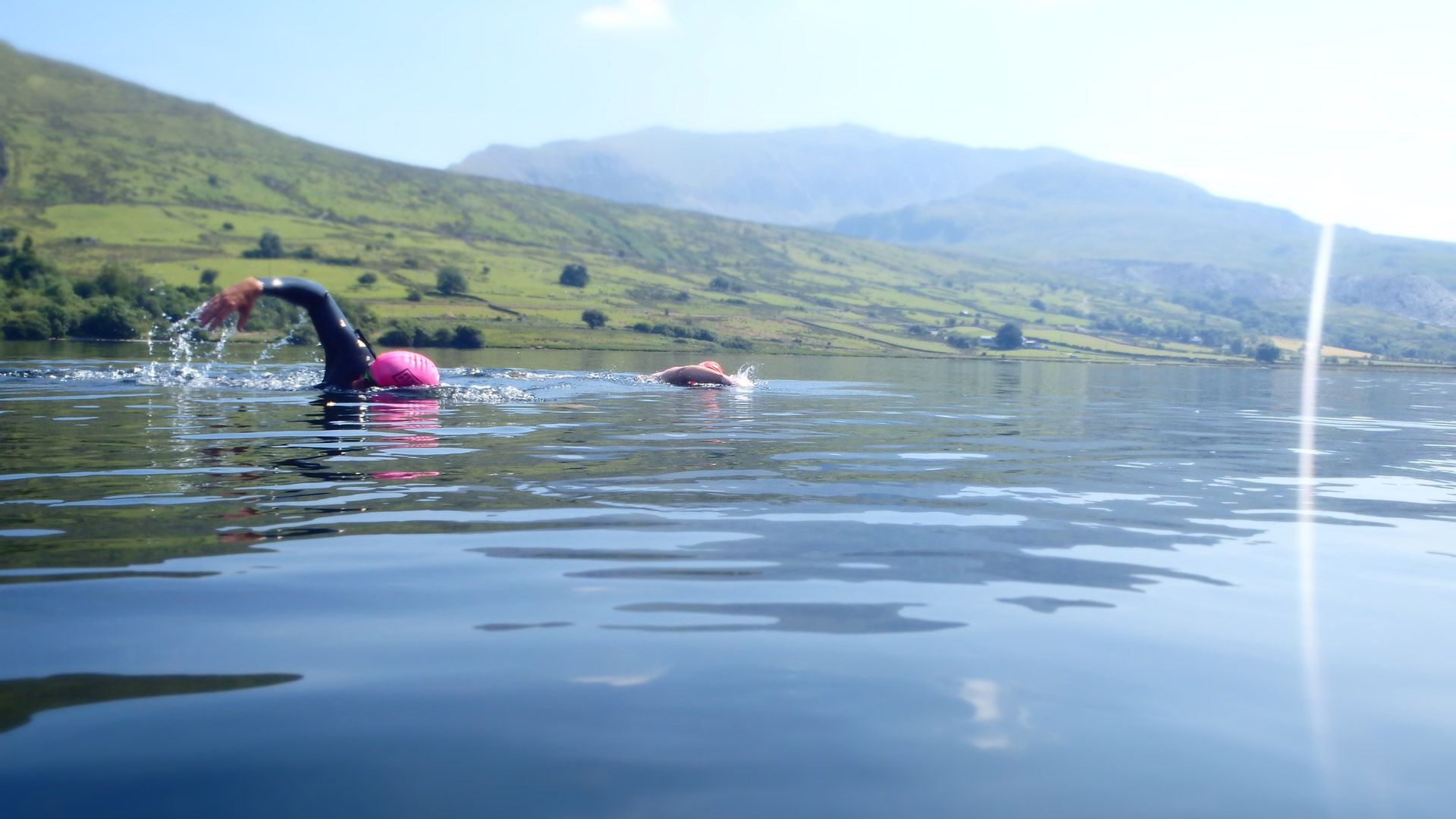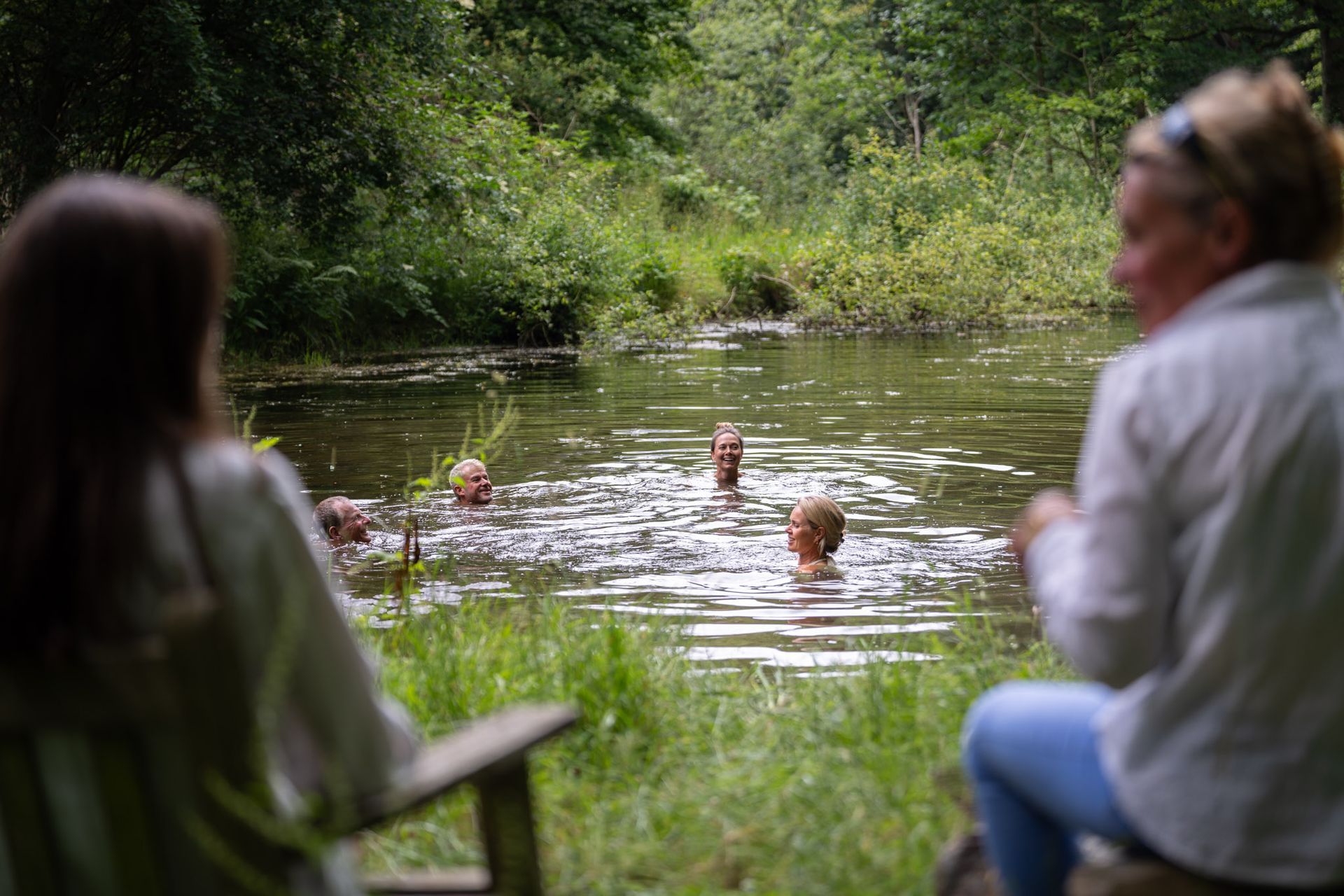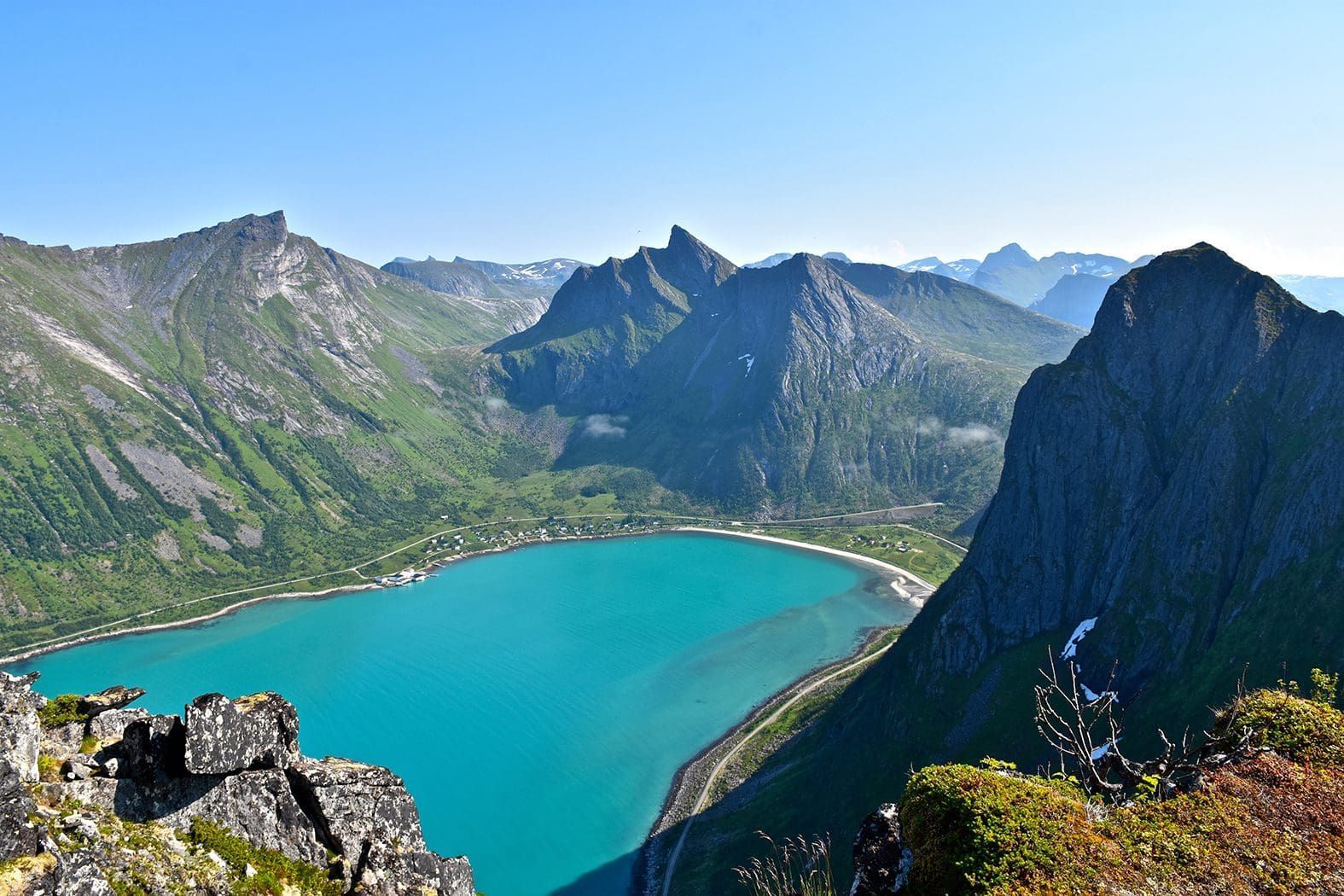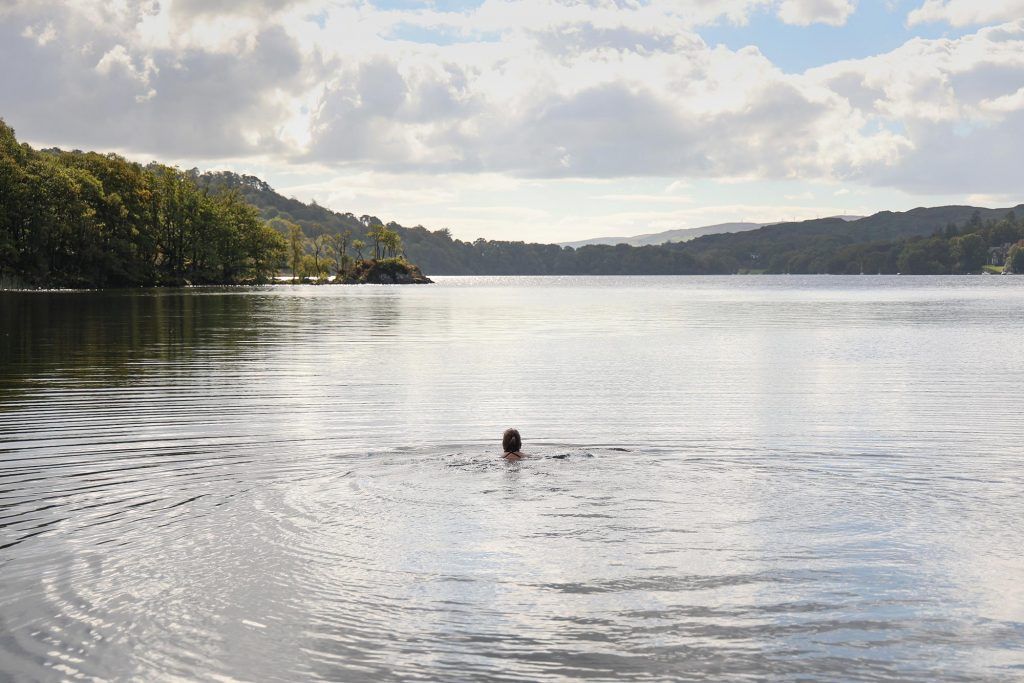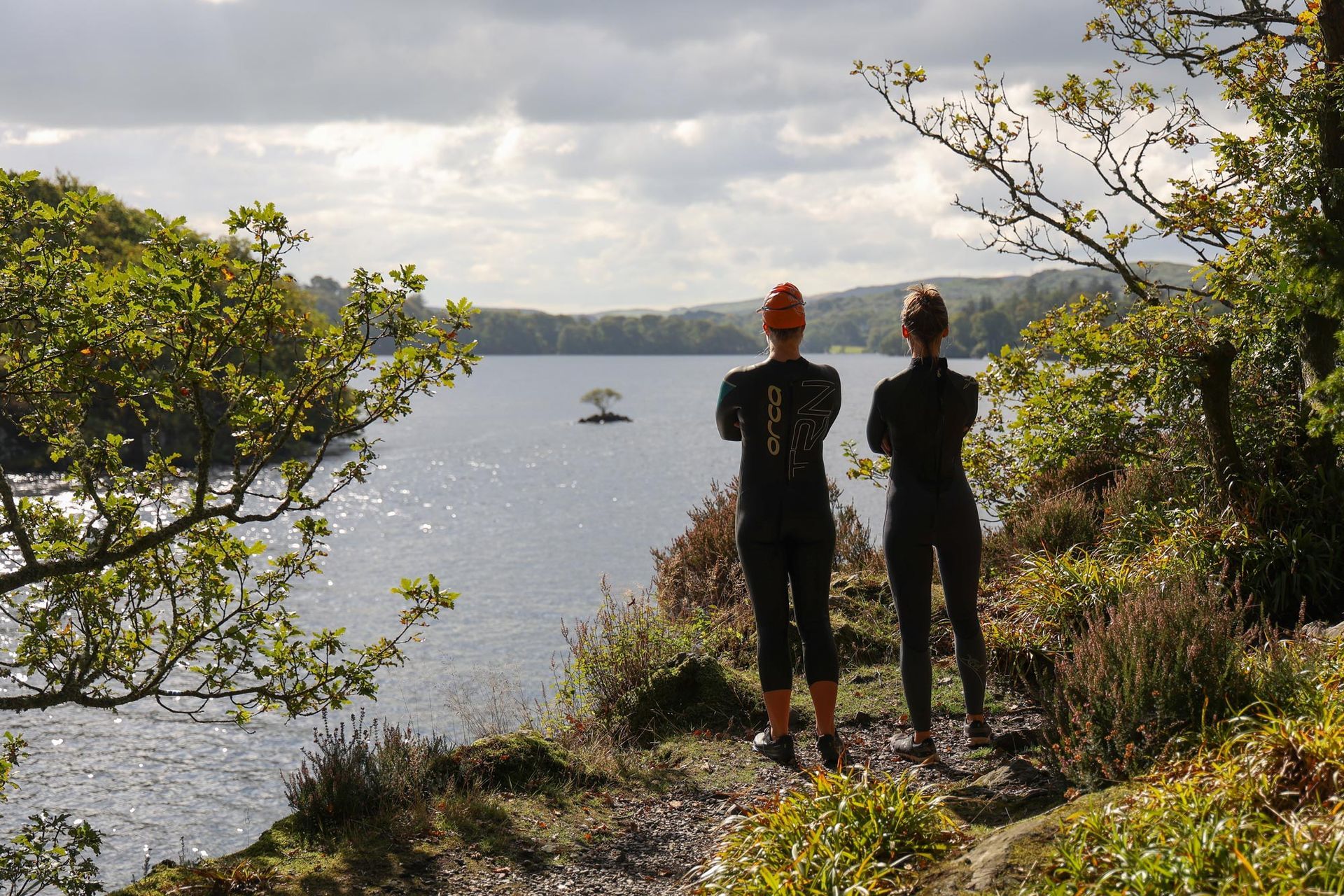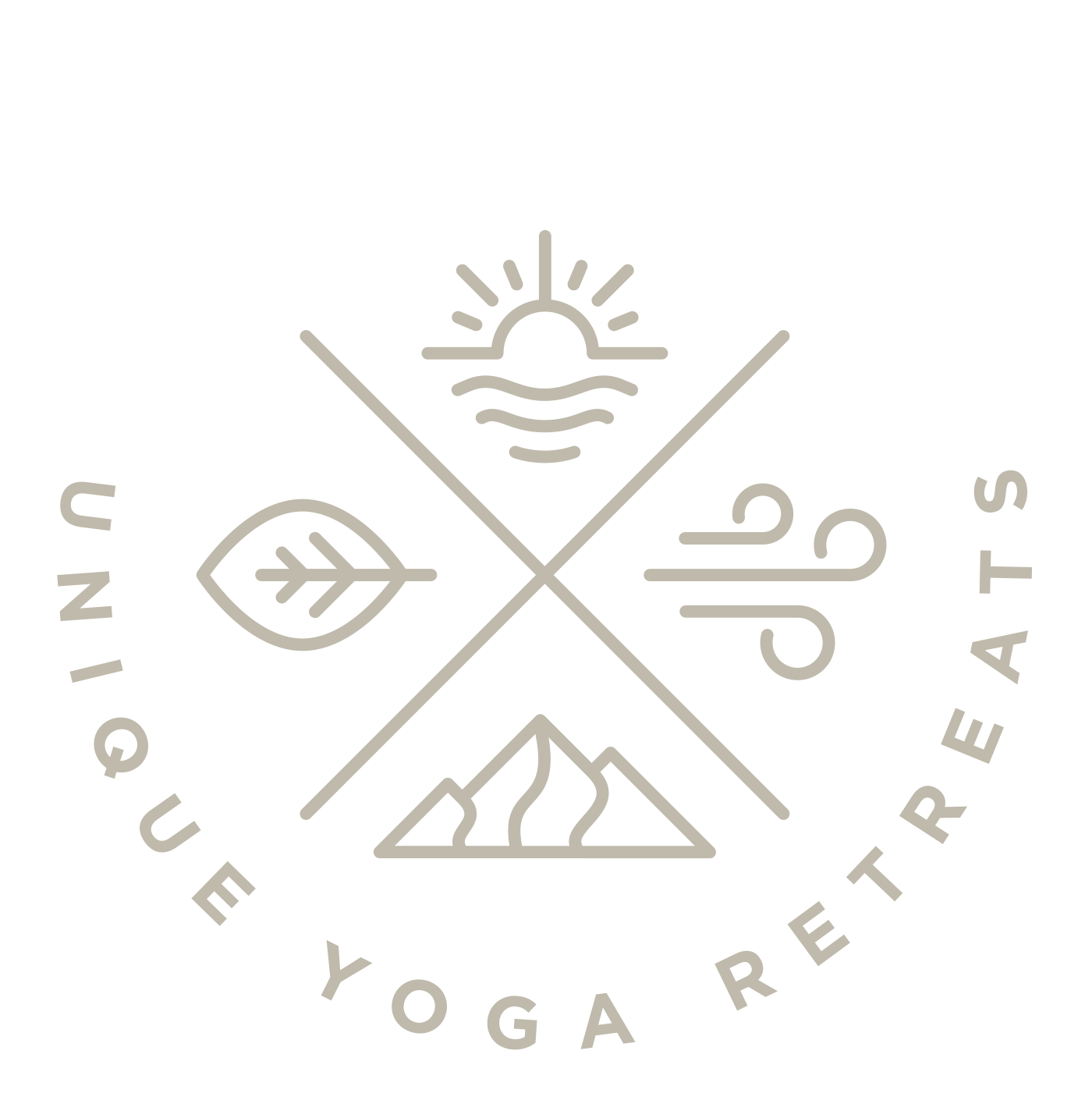Wild Swimming in The Lake District
DISCOVER
England's Most Beautiful National Park
The Lake District National Park stands as one of Britain's most magnificent destinations for wild swimming enthusiasts and outdoor water swimmers seeking authentic connection with nature. This UNESCO World Heritage Site encompasses over 2,300 square kilometres of diverse aquatic landscapes, from the expansive waters of Lake Windermere to secluded mountain tarns hidden within ancient glacial valleys. Wild swimming in the Lake District offers more than simply immersion in cold water; it represents a transformative experience that harmonises physical wellbeing, mental clarity, and spiritual renewal through mindful connection with England's natural heritage.
Cumbrian waters present exceptional conditions for outdoor swimming throughout the seasonal calendar. The region's sixteen major lakes, alongside countless smaller water bodies including tarns, becks, and rivers, provide varied swimming environments suitable for beginners through to experienced cold water swimmers. Lake Windermere, England's longest natural lake stretching seventeen kilometres through the heart of the National Park, offers particularly welcoming conditions for open water swimming, with numerous accessible entry points along its sheltered bays and wooded shorelines.
Premium Wild Swimming Locations Throughout the Lake District
Lake Windermere
Lake Windermere dominates the southern Lake District as England's largest natural lake, offering unparalleled wild swimming opportunities across its seventeen-kilometre length. The lake's varied geography creates diverse swimming environments, from the sheltered bays of Bowness and Ambleside to the wilder northern reaches near Waterhead. Water quality remains exceptionally high, monitored regularly to ensure swimmer safety, while the lake's size moderates temperature variations, typically ranging from 4°C in winter to 20°C during summer months.
The western shore around Low Wood and Wray Castle provides particularly beautiful swimming, with pristine waters lapping against ancient woodland and mountain backdrops. Fell Foot Park at the southern tip offers family-friendly facilities including changing rooms and safety supervision during peak season. Dawn and dusk swimming sessions reveal the lake's serene beauty.
Grasmere & Rydal Water
Grasmere, celebrated by Wordsworth as "the loveliest spot that man hath ever found," provides quintessential Lake District wild swimming in a more intimate setting than its larger neighbours. This circular lake, approximately one mile in diameter, sits cradled by surrounding fells including Helm Crag and Silver How, creating a sheltered basin with typically calm conditions. Water clarity approaches exceptional levels, allowing swimmers to observe the rocky lakebed and occasional resident fish.
Adjacent Rydal Water, smaller still and connected historically to Grasmere through Wordsworth's residence at Rydal Mount, offers even more secluded wild swimming. Both waters maintain cooler temperatures than Windermere due to their higher elevation and smaller volume, making them particularly appealing to experienced cold water swimmers. The combination of literary heritage, outstanding natural beauty, and excellent swimming conditions makes this area beloved by locals and visiting wild swimmers alike.
Hidden Tarns & Secret Swimming Spots
Beyond the famous lakes, the Lake District conceals hundreds of smaller water bodies known as tarns, many offering spectacular wild swimming for those willing to hike into the high country. These glacial pools, formed during the last ice age, sit nestled in mountain corries and hanging valleys, accessible only by foot through some of England's most dramatic landscapes. Blea Tarn, positioned between the Langdale Pikes and Wrynose Pass, provides relatively easy access combined with stunning mountain reflections.
More remote locations like Red Tarn beneath Helvellyn's eastern face or the trio of tarns around Bowfell challenge even fit hikers, but deliver unmatched wild swimming experiences. These high-altitude waters remain bracingly cold year-round, rarely exceeding 12°C even in summer, demanding respect and proper cold water acclimatisation. The rewards match the challenges: swimming in complete solitude.
River Swimming and Waterfall Pools
The Lake District's river systems offer alternative wild swimming experiences, with numerous pools, rapids, and waterfall basins providing dynamic water environments. The River Brathay flowing between Little Langdale and Elterwater features several excellent swimming holes, particularly around Colwith Force waterfall and Skelwith Force. The River Rothay connecting Grasmere to Rydal Water includes gentle pools suitable for families alongside faster-flowing sections for confident swimmers. Aira Force near Ullswater creates a dramatic plunge pool beneath its impressive waterfall, though swimming here requires caution due to strong currents and depth.
River swimming demands different skills than lake swimming, with current awareness and rock hazards requiring constant attention. However, the flowing water provides natural massage, typically runs cooler than lakes (stimulating circulation more effectively), and offers constantly changing scenery as swimmers navigate downstream. Many wild swimming enthusiasts appreciate the variety rivers provide, combining swimming with scrambling over rocks and exploring woodland river valleys. The Lake District's gill systems, small mountain streams, also create occasional swimming opportunities, though their cold temperatures and limited depth suit brief immersions rather than extended swimming sessions.
OUR SWIMMING DESTINATIONS
Read more about swimming in the Lake District
The Cultural Heritage of Swimming in Cumbrian Waters
Wild swimming in the Lake District connects practitioners with centuries of cultural tradition. Victorian tourists popularised lake bathing as wholesome recreation, with numerous bathing houses constructed along Windermere's shores during the 19th century. The Romantic poets including Wordsworth, Coleridge, and Southey all documented swimming in Cumbrian waters, viewing the practice as essential communion with sublime nature. This literary heritage enriches modern wild swimming, as contemporary practitioners follow in the wake of cultural giants who recognised these waters as sources of inspiration and renewal.
The region's swimming clubs maintain living traditions extending back over a century. The Windermere Swimming Club, established in the late 1800s, continues organising events and maintaining swimming platforms. More recently, the outdoor swimming movement has experienced remarkable growth, with dedicated wild swimming communities forming around most major lakes. These groups share knowledge about access points, safety practices, and environmental concerns, creating supportive networks for newcomers while preserving the wilderness character that makes Lake District swimming special.
Seasonal Considerations for Year-Round Wild Swimming
Each season offers distinct wild swimming experiences in the Lake District. Spring brings snowmelt from the high fells, keeping water temperatures bracingly cold (typically 6-12°C) even as air temperatures warm. This season rewards hardy swimmers with quiet lakes and emerging wildlife including nesting grebes and newly-arrived summer migrants. Wildflowers carpet the surrounding fells, and the extended daylight allows early morning or evening swims that avoid midday visitor peaks.
Summer provides the warmest water temperatures (15-20°C in major lakes) and longest daylight, making it ideal for beginners and longer distance swimming. However, this season also brings crowds to popular locations, with boat traffic and tourist activity highest during July and August. Experienced wild swimmers often seek quieter spots or swim during early mornings and late evenings to avoid congestion.
Autumn transforms the Lake District into a wild swimmer's paradise. Water retains summer warmth through September and early October, while visitor numbers decline significantly. The spectacular autumn colours of birch, oak, and bracken surrounding the lakes create breathtaking scenery for swimmers. This season particularly suits yoga-swimming combinations, as the cooler air temperatures make post-swim yoga practice comfortable while the water remains swimmable without excessive cold.
Winter wild swimming demands greatest respect and preparation, with water temperatures dropping to 4-8°C. However, dedicated year-round swimmers find winter immersion most rewarding, delivering maximum cold therapy benefits and profound mental clarity. The sparse winter landscape reveals the bones of the mountains, while snow-capped peaks surrounding steel-blue waters provide incomparable beauty.
Wild Swimming Equipment & Practical Preparations
Successful wild swimming requires surprisingly little specialised equipment, though certain items significantly improve safety and comfort. Swimming costumes or trunks serve as basic requirement, with many swimmers preferring simple designs without excessive straps or fastenings that might chafe during long swims. Bright colours aid visibility, though additional safety equipment provides better assurance.
Tow floats have become standard safety equipment, providing high visibility, emergency flotation, and waterproof storage for car keys or phones. These inflatable devices attach via waist belt, trailing behind without impeding swimming stroke. Brightly coloured swimming caps serve dual purpose as thermal protection and visibility enhancement, with silicone versions providing better insulation than latex alternatives.
Post-swim warming equipment proves equally important. Multiple layers including thermal base layers, fleece or wool mid-layers, and windproof outer shells enable rapid warming. A dedicated "changing robe" or dry robe provides warm, waterproof changing facilities anywhere, eliminating the struggle with conventional towels in windy conditions. Thermos flasks with hot drinks provide internal heat that accelerates recovery.
Environmental Responsibility & Lake District Conservation
Wild swimmers must function as environmental stewards, protecting the pristine waters that enable our practice. The Lake District National Park faces increasing pressure from rising visitor numbers, with water quality, wildlife disturbance, and habitat degradation as ongoing concerns. Swimmers can minimise impact through conscientious behaviour including strict leave-no-trace principles. This means removing all rubbish, avoiding introduction of non-native species through proper equipment cleaning, and preventing contamination by never using soap, shampoo, or sunscreen before swimming in natural waters.
Respecting wildlife remains paramount, particularly during sensitive breeding and nesting seasons. Many Lake District shorelines support ground-nesting birds including common sandpipers, oystercatchers, and occasionally little ringed plovers. Swimmers should avoid approaching nesting areas and maintain distance from waterfowl with young. Water quality protection requires collective commitment from all lake users, with wild swimmers contributing by supporting conservation organisations and participating in organised environmental events.
Upcoming RETREATS
Yoga & Swimming
APRIL 24-27 • 2026
LAKE DISTRICT • 4 DAYS
8 SPACES LEFT
Yoga & Swimming
APRIL 27-1 • 2026
LAKE DISTRICT • 5 DAYS
11 SPACES LEFT
Yoga & Swimming
SEPTEMBER 25-28 • 2026
LAKE DISTRICT • 4 DAYS
4 SPACES LEFT
Yoga & Swimming
SEPTEMBER 28-2 • 2026
LAKE DISTRICT • 5 DAYS
6 SPACES LEFT
Wild Swimming Safety & Best Practice
What is cold water shock?
Safe wild swimming requires knowledge, preparation, and respect for natural water environments. Cold water shock represents the primary hazard, occurring when sudden immersion in water below 15°C triggers involuntary gasping and hyperventilation. This physiological response can incapacitate even strong swimmers, making controlled entry essential.
How can I prepare for cold water swimming?
Acclimatisation should progress gradually, with initial exposures lasting only minutes before slowly extending duration as the body adapts. Swimmers should enter slowly, allowing breathing to stabilise before submerging fully, and never dive or jump into cold water without prior acclimatisation.
Water temperature monitoring helps swimmers make informed decisions. The Lake District's major lakes typically range from 4-8°C in winter, 8-15°C in spring and autumn, and 15-20°C during summer months. Smaller tarns and rivers often run several degrees colder.
What safety gear should I use?
Wetsuit use remains a personal choice, with many wild swimmers preferring skin swimming to maximise sensory experience, though beginners might choose neoprene for warmth and confidence. Regardless of choice, swimmers must exit before excessive shivering begins, as this indicates dangerous core temperature drop. Post-swim warming protocols include immediate drying, multiple warm layers including hat and gloves, and warm (not hot) drinks. The "afterdrop" phenomenon means core temperature continues falling for 15-30 minutes post-exit, requiring careful management.
Is it safe to swim alone?
Visibility equipment including bright swimming caps and tow floats ensures other water users can see swimmers, while also providing flotation for rest breaks. Swimming with companions provides mutual safety monitoring, though solo swimmers should inform others of their plans and expected return time. Understanding local hazards including boat traffic, submerged obstacles, and seasonal water level changes prevents accidents.
How can I be environmentally responsible while swimming?
The Lake District maintains bylaws regarding swimming in certain areas; respecting these regulations alongside basic water user courtesy ensures positive relationships between swimmers, boaters, and riparian landowners. Responsible wild swimmers also practise environmental stewardship, removing any litter encountered and avoiding disturbance to nesting birds or spawning fish during sensitive seasons.
Stay Safe, Swim Smart
By following these essential safety guidelines, you can enjoy the thrill of wild swimming while ensuring your well-being and that of the environment. Always prioritise safety and respect for nature.
Experience Wild Swimming and Yoga Retreats in The Lake District with Zestlife
Zestlife curates exceptional wild swimming and yoga retreats throughout the Lake District, combining expert instruction in both practices with luxurious accommodation and nourishing plant-based cuisine. Our Lake District yoga and wild swimming retreats take place an the exclusive Georgian Manor on Lake Windermere's shores, providing direct access to England's finest wild swimming waters.
Each retreat features daily vinyasa yoga sessions led by experienced teachers who understand the complementary relationship between yoga practice and cold water swimming. Our morning practices build internal heat and prepare the body for water immersion, while evening restorative sessions support recovery and deep relaxation. Guided wild swimming experiences led by qualified open water swim coaches ensure safety while introducing participants to the Lake District's most beautiful swimming locations.
WHAT'S INCLUDED -
- Daily yoga sessions (vinyasa flow and restorative practice)
- Guided wild swimming experiences with qualified coaches
- Luxury en-suite accommodation with lake or woodland views
- Plant-based meals using seasonal, locally-sourced ingredients
- All yoga equipment and safety equipment provided
- Optional massage treatments
- Small group sizes ensuring personalised attention
- 24 years of retreat expertise
ready to dive in?
Book Your Lake District Adventure
Reserve your place on a Zestlife Lake District yoga and wild swimming retreat today. Experience the exhilaration of swimming in pristine mountain waters, the grounding focus of daily yoga practice, and the deep restoration of immersion in England's most beautiful landscape.
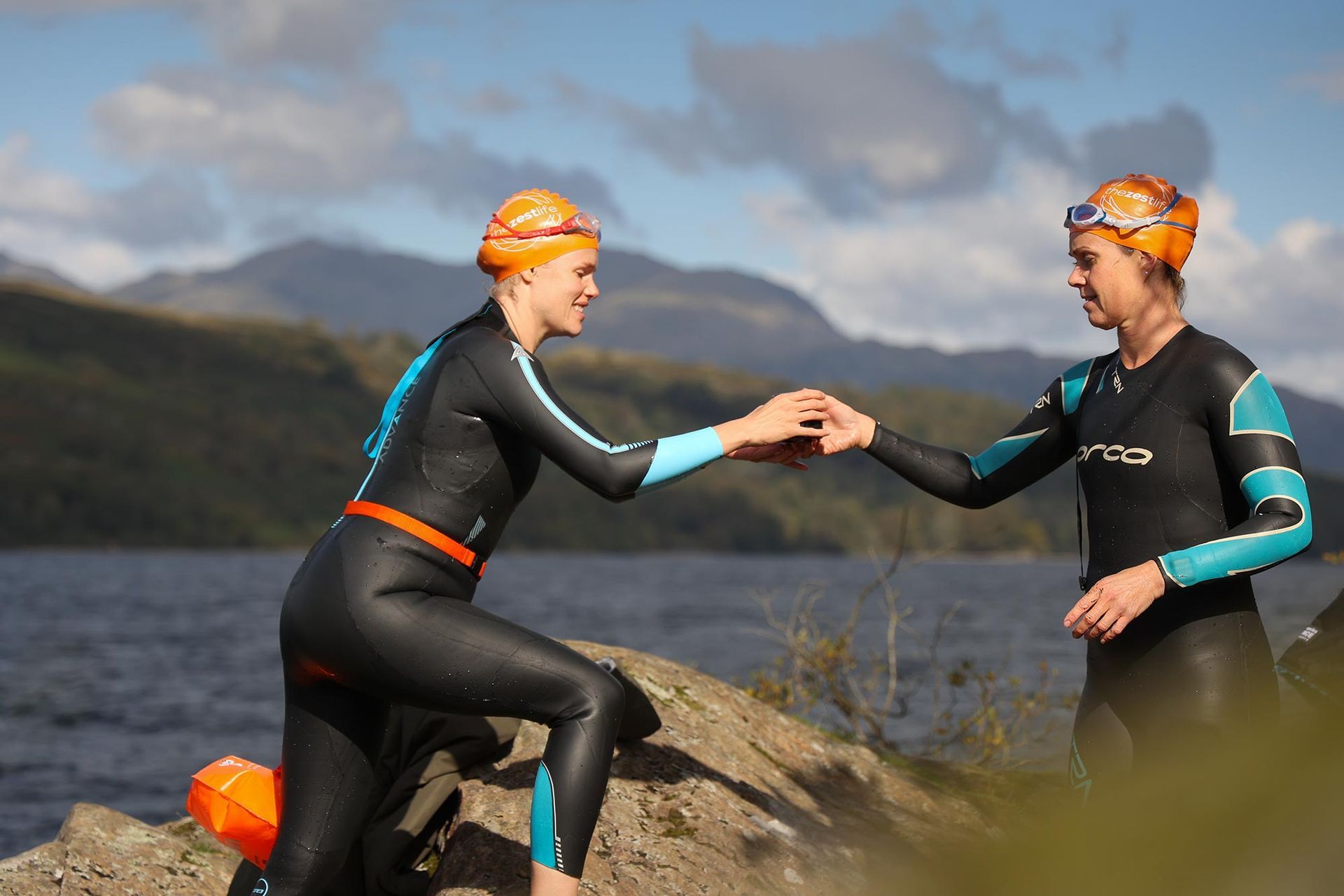
Got any queries
Just ask us
We’re here to help, sort booking or simply answer any questions you have.
Call & WhatsApp : 07424 410 133
Email : info@zestlife.co.uk
Keep up to speed


